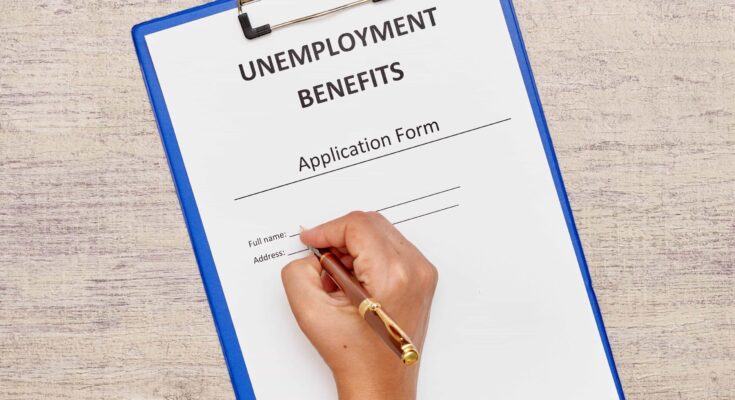The number of US citizens applying for unemployment benefits has increased significantly. According to the Labor Department, unemployment claims rose by 4,000 to 232,000 for the third week of August. The four-week average, however, ticked down by 750 to 236,000.
The wider context is not anymore uplifting. Almost 1.86 million Americans were collecting unemployment benefits by the week of August 10th, almost 4,000 more than the week prior.
This report is hardly surprising, given the poor job reports in July. During the month of July, employers only added 114,000 more jobs, which is well below the average for the January to July time period. On average, almost 218,000 jobs were added per month in that time period.
The labor department has shown concern over the lack of growth, especially given that the US economy added 818,000 fewer jobs from April 2023 through March. This number is considerably lower than what was originally reported.
The Federal Reserve is still struggling to handle inflation amid US unemployment increase
In 2022 and 2023, The Federal Reserve raised its benchmark interest rate 11 times, taking it to a 23-year-high.
Since these measures were imposed, however, inflation has come down. It has gone from over 9 percent in June 2022 to a three-year low of 2.9 percent in July 2024. This surprising low helped calm fears of a recession in the United States.
Despite this, experts remain concerned over the state of the job market in the United States, especially with November’s election looming closer.
Polls have shown that even though Americans are concerned about both inflation and the job market, it is consumer prices that concern voters the most.
Consumer prices in August 2024 are a staggering 19 percent higher than they were in 2021, just before inflation started its meteoric rise in the country.
Federal Reserve Cuts seem inevitable, but how much will these cuts represent?
The current state of the United States economy has led many analysts to conclude that Federal Reserve cuts are inevitable. The question these cuts raise is just how deep the cuts will be.
Paul Ashworth, chief North American economist at Capital Economics suggests, “July’s CPI report is probably best described as mildly encouraging. It adds support for a 25 basis point rate cut in September but, at the same time, doesn’t suggest price pressures are collapsing in a way that could warrant a bigger 50 basis point cut.”
This economic talk might seem confusing, but it really isn’t. Basis points are a unit of measurement used in finance to describe changes, such as interest rates, in percentage values. One basis point equals 0.01 percent. According to the Labor Department, unemployment claims rose by 4,000 to 232,000 for the third week of August.
Hence, when Ashworth talks about the Federal Reserve cutting interest rates by 25 basis points, he is actually saying that the Federal Reserve will cut interest rates by 25 percent.
Nonetheless, this is a mere suggestion from Ashworth. Wells Fargo economists have suggested that “amid increasingly worrisome conditions in the labor market, we expect the Fed to consider inflation is close enough to its target and embark on a rate cutting cycle at its next meeting.”
The bottom line is that the current state of the US market makes it very hard to predict just how much the Federal Reserve cuts—if at all—will be.



